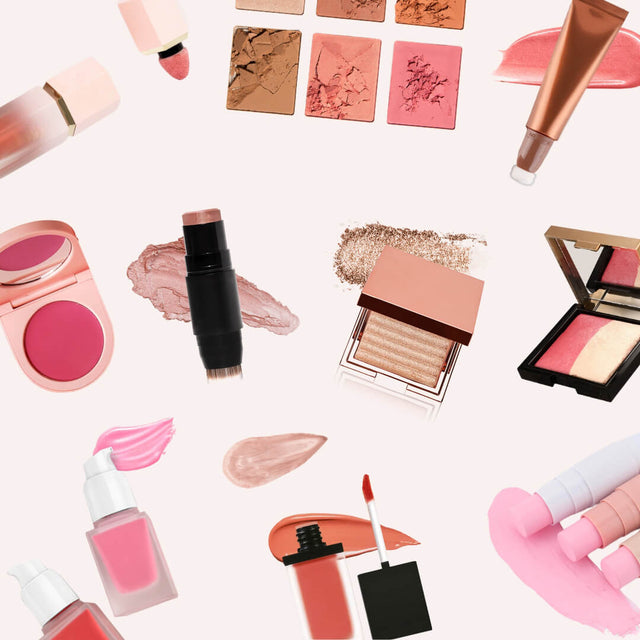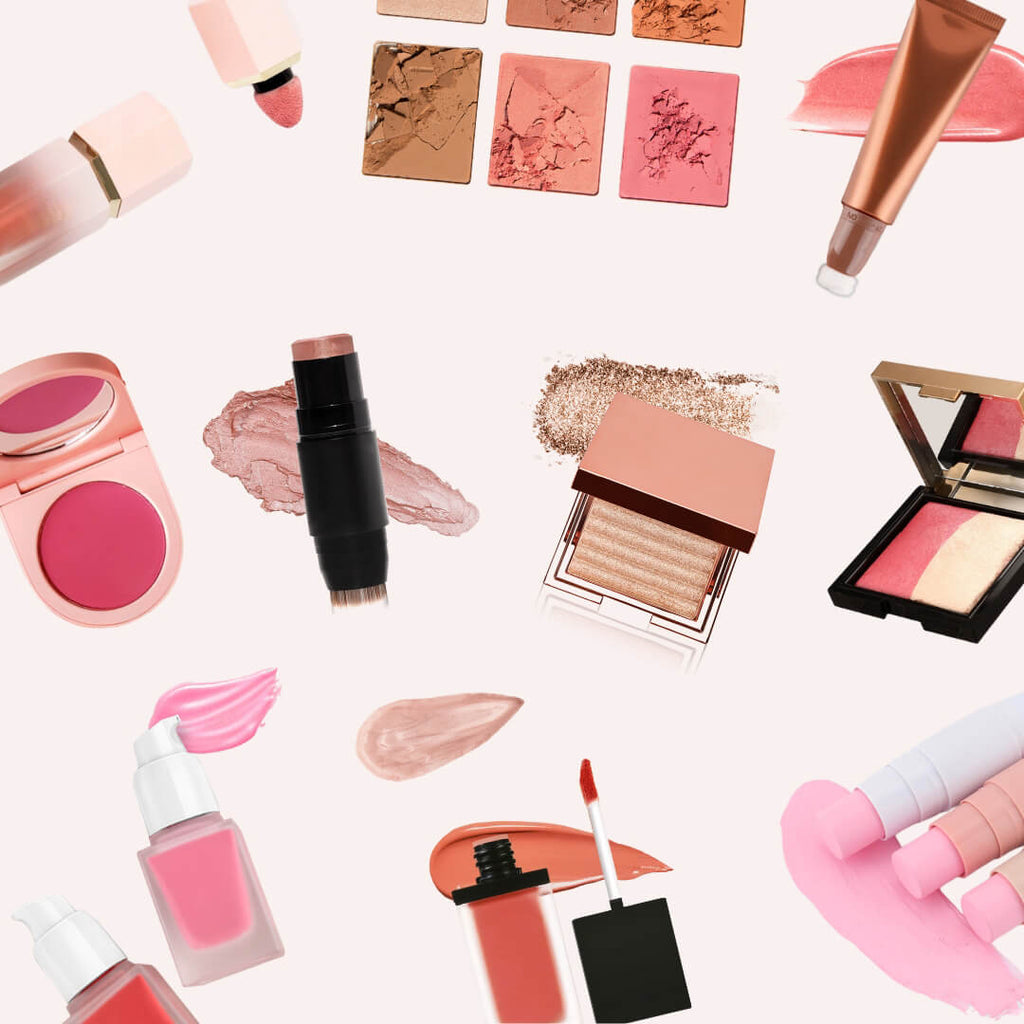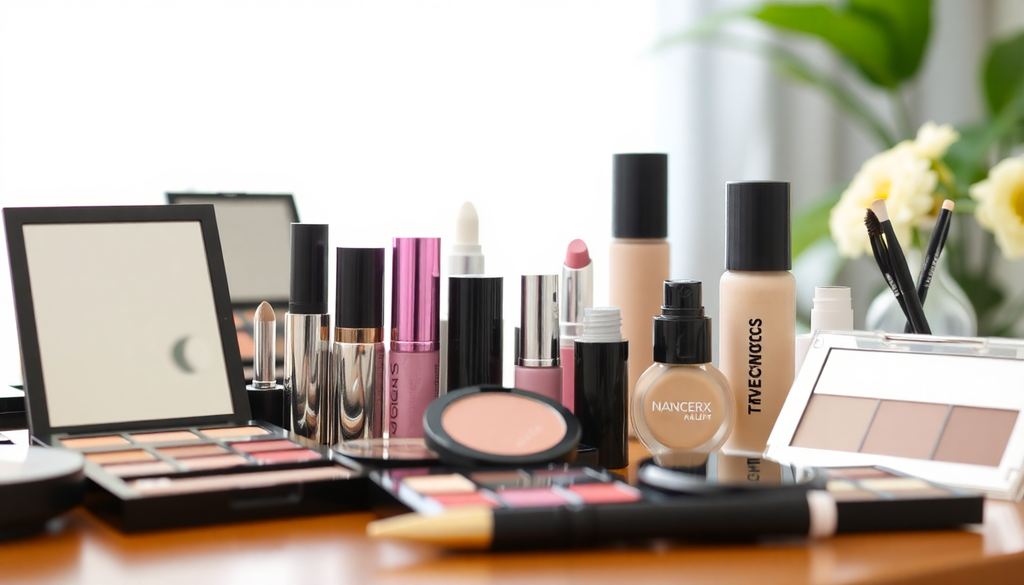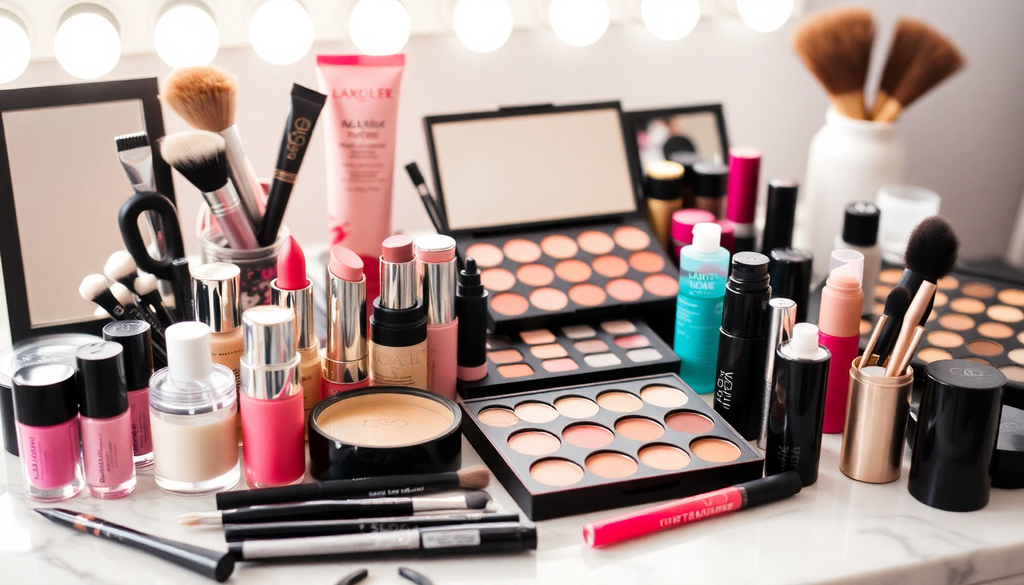
Comprehensive Guide to Launching Your Makeup Brand: Navigating Global Markets, Import Policies, and Trendy Innovations in 2025
Introduction
Launching a makeup brand in 2025 is an exciting venture filled with opportunities and challenges. With the global beauty market continuously evolving, understanding the nuances of international markets, import policies, and current trends is crucial for success. This comprehensive guide will walk you through the essential steps to establish your makeup brand while highlighting key markets and innovations, ensuring you are well-equipped to make an impact in this dynamic industry.
1. Understanding Global Markets
When planning to launch your makeup brand, it’s important to understand the different markets globally. Each region presents unique opportunities and challenges. Here’s a detailed breakdown of key regions:
- North America: The North American market, particularly the United States, is known for its high demand for cruelty-free and vegan products. Brands like Fenty Beauty and Too Faced have set a precedent for inclusivity and diversity. The market is also heavily influenced by social media trends, making it essential for brands to engage with consumers through platforms like Instagram and TikTok.
- Europe: The European Union has strict regulations on cosmetics, focusing on safety and labeling. Brands must comply with REACH regulations, which require pre-registration of cosmetics ingredients. Additionally, the EU has a strong focus on sustainability, and brands that emphasize eco-friendly practices often gain a competitive edge. Countries like France and Germany are known for their rich beauty heritage, making them key markets for premium brands.
- Asia-Pacific: This market is booming, especially in countries like South Korea and Japan, where K-beauty trends influence global styles. Products such as cushion foundations, lip tints, and innovative skincare hybrids are particularly popular. In addition, China presents a massive opportunity, but brands need to be aware of its unique regulations and the importance of local partnerships for market entry.
- Latin America: Emerging markets in Latin America are witnessing a rise in demand for vibrant colors and bold makeup styles. Brazil and Mexico are leading markets where cultural influences drive beauty trends. Brands should focus on localization to cater to regional preferences, such as incorporating local ingredients and celebrating cultural beauty standards.
- Middle East: The Middle East, particularly the UAE, has a rapidly growing beauty market with a penchant for luxury and high-quality products. The region also has a diverse consumer base, making it essential for brands to offer a range of shades and formulations catering to different skin tones. Additionally, social media plays a significant role in influencing purchasing decisions.
2. Navigating Import Policies
Understanding import policies is crucial when launching your makeup brand in international markets. Each country has its own regulations, and compliance is vital to avoid delays or penalties. Here are some key aspects to consider:
- Tariffs and Duties: Research the specific tariffs and duties for cosmetic products in your target country. These can vary significantly and may impact your pricing strategy. Some countries may offer preferential trade agreements that can reduce costs, so it’s beneficial to investigate those options.
- Labeling Requirements: Different countries have varying labeling requirements. Ensure that your product labels meet local regulations, including ingredient lists, usage instructions, and allergy warnings. In the EU, for example, the INCI (International Nomenclature of Cosmetic Ingredients) naming system must be followed.
- Certificates and Compliance: Many markets require specific certifications, such as GMP (Good Manufacturing Practices) or ISO standards. Be prepared to provide documentation to facilitate smooth importation. Additionally, some countries may require cruelty-free certifications or organic certifications if your products fall into those categories.
- Testing Requirements: Certain markets, especially in the EU and Asia, may require products to undergo specific safety and efficacy testing before they can be sold. Familiarize yourself with these requirements early in the product development process.
3. Setting Up Your Makeup Online Store
Establishing an online presence is vital for your makeup brand's success, especially in a post-COVID world where e-commerce continues to thrive. Here are steps to create an effective online store:
- Choose the Right E-commerce Platform: Consider platforms like Shopify, WooCommerce, or BigCommerce that offer user-friendly interfaces and customizable options. Ensure the platform you choose supports multi-currency transactions if you plan to sell internationally.
- Optimize for Mobile: Ensure your website is mobile-friendly as a significant portion of consumers shop via smartphones. A responsive design enhances user experience and can improve conversion rates.
- Integrate Secure Payment Methods: Offer multiple payment options, including credit cards, PayPal, and local payment methods preferred in your target markets. Security is paramount, so ensure your site is SSL certified.
- Create Engaging Content: Invest in high-quality images and videos that showcase your products. Tutorials, user-generated content, and influencer collaborations can enhance engagement and drive sales.
- Implement SEO Strategies: Use relevant keywords throughout your site and product descriptions to improve visibility on search engines. Blog content related to makeup tips, trends, and tutorials can also enhance traffic to your site.
4. Marketing Your Makeup Brand
Effective marketing strategies are essential to stand out in a saturated market. Here are some trendy approaches to consider:
- Influencer Collaborations: Partner with beauty influencers who resonate with your brand's identity to amplify your reach. Authentic collaborations can help you tap into their established audiences.
- Social Media Advertising: Utilize platforms like Instagram, TikTok, and Facebook for targeted ads showcasing your products in engaging formats. Consider leveraging video content to demonstrate product application and results.
- Sustainable Practices: Highlight eco-friendly packaging and cruelty-free formulas as consumers increasingly seek sustainable options. Transparency in sourcing and production can also build trust with consumers.
- Content Marketing: Create and share valuable content that resonates with your audience. Blog posts, tutorials, and behind-the-scenes looks at your brand can foster a community around your products.
- Email Marketing: Build an email list to keep customers informed about new launches, promotions, and beauty tips. Personalization in email marketing can significantly increase engagement.
5. Embracing Trends in the Makeup Industry
Staying ahead of trends is crucial for maintaining relevance in the beauty industry. Here are some trends to watch in 2025:
- Personalization: Customized products tailored to individual skin tones and preferences are gaining popularity. Brands can leverage technology to offer personalized shade matching and formulations based on customer data.
- Multifunctional Products: Consumers are gravitating towards products that serve multiple purposes, such as tinted moisturizers that also provide sun protection or lip and cheek tints that offer versatility.
- Clean Beauty: The demand for clean beauty products, which are free from harmful chemicals, continues to rise. Brands that prioritize transparency about their ingredients and formulations can build strong customer loyalty.
- Inclusive Beauty: The movement towards inclusivity in beauty is more important than ever. Brands should offer a wide range of shades and formulations suitable for all skin types and tones.
- Tech Innovations: Embrace technology such as augmented reality (AR) for virtual try-ons and AI-driven chatbots for customer service. These innovations can enhance the shopping experience and drive customer engagement.
6. Building a Brand Identity
Your brand identity is a crucial aspect of your makeup business. A strong brand can differentiate you in a crowded market. Here are steps to build a compelling brand identity:
- Define Your Mission and Vision: Clearly articulate what your brand stands for and its long-term goals. This foundation will guide your marketing and product development strategies.
- Develop a Unique Selling Proposition (USP): Identify what makes your brand unique. Whether it’s a specific ingredient, sustainable practices, or innovative packaging, your USP should resonate with your target audience.
- Create Consistent Branding: Ensure that your logo, packaging, website design, and marketing materials reflect a cohesive visual identity. Consistency builds recognition and trust.
- Engage with Your Audience: Foster a community around your brand by engaging with customers on social media and through email newsletters. Respond to feedback and create a dialogue that encourages brand loyalty.
7. Legal Considerations and Compliance
As you establish your makeup brand, it’s essential to navigate the legal landscape effectively. Here are some key considerations:
- Trademark Registration: Protect your brand name and logo by registering trademarks. This can prevent competitors from using similar branding and help establish your brand's identity.
- Intellectual Property Rights: Understand your rights regarding product formulations, packaging designs, and marketing materials. This knowledge can help you safeguard your innovations.
- Compliance with Advertising Regulations: Ensure that your advertisements comply with local advertising laws, especially regarding claims about product efficacy and safety.
- Consumer Protection Laws: Familiarize yourself with consumer protection laws in your target markets to avoid legal issues related to returns, refunds, and customer rights.
Conclusion
Launching a makeup brand in 2025 requires thorough research and strategic planning. By understanding global markets, navigating import policies, setting up an effective online store, and embracing current trends, you can position your brand for success in the competitive makeup industry. Stay innovative and responsive to market changes to ensure your brand thrives in the years to come. With the right strategies in place, your makeup brand can not only make a mark but also contribute to the ever-evolving beauty landscape.




